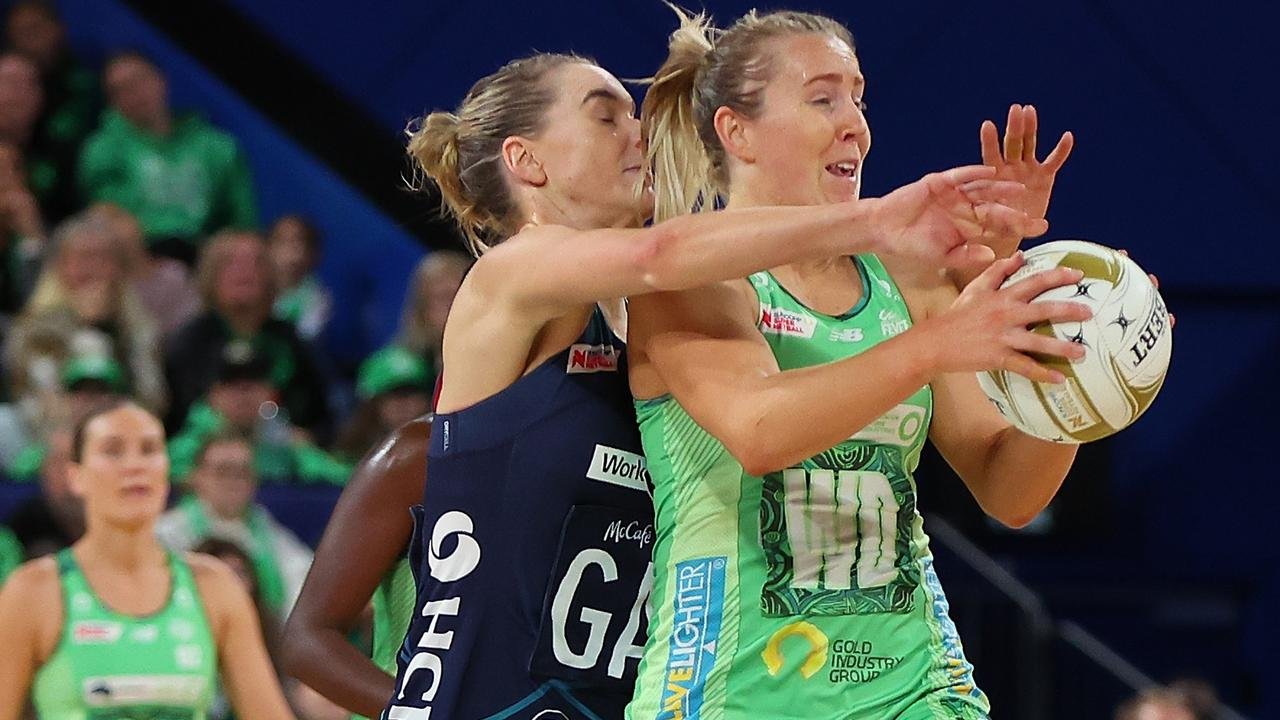The Evolution of Netball: Understanding Contact in the Game
Netball, known for its fast-paced action and strategic gameplay, has undergone significant changes over the years, particularly regarding the level of contact allowed during matches. Originally conceived as a non-contact sport, netball has evolved to incorporate controlled physicality while maintaining its core principles of fair play and sportsmanship. In this article, we delve into the evolution of netball as a contact sport, explore how the rules have changed, and discuss what constitutes acceptable and unacceptable contact on the court.
The Transition to a Contact Sport
Traditionally, netball was characterised by strict rules prohibiting physical contact between players. However, as the sport evolved and players became more athletic and competitive, there was a growing recognition of the need to allow controlled contact to ensure fair competition and player safety. In response to these dynamics, governing bodies such as the International Netball Federation (INF) implemented rule changes to permit limited physicality within defined parameters.
Acceptable Contact
Acceptable contact in netball refers to physical interactions between players that occur within the rules and do not jeopardise player safety or the integrity of the game. Examples of acceptable contact include:
1. Body Positioning: Players are allowed to use their bodies to establish position and defend against opponents without impeding their movement or causing undue obstruction.
2. Defensive Play: Defenders can use their arms and body to challenge for the ball, intercept passes, and disrupt the opposing team's attacking plays, provided they do not make forceful or dangerous contact.
3. Screening: Players can set screens to create space for teammates, as long as they do not make illegal contact with opponents or impede their ability to move freely.
4. Rebounding: Players are permitted to contest rebounds and loose balls, engaging in physical battles for possession within the confines of the rules governing contact.
Unacceptable Contact
Unacceptable contact encompasses actions that violate the rules of the game, pose a risk of injury to players, or undermine the spirit of fair play. Examples of unacceptable contact include:
1. Obstruction: Deliberately impeding an opponent's movement or obstructing their path to the ball without making a genuine attempt to contest possession is considered obstruction and is penalised accordingly.
2. Contact Off the Ball: Initiating physical contact with an opponent who is not directly involved in the play, such as pushing, shoving, or holding, is deemed illegal and subject to penalties.
3. Dangerous Play: Actions that endanger the safety of players, such as reckless challenges, or tripping, are strictly prohibited and may result in severe penalties or disciplinary action.
4. Intimidation: Using physical force or intimidation tactics to gain an unfair advantage over opponents, such as excessive pushing or body-checking, is contrary to the principles of fair play and sportsmanship.
The evolution of netball into a contact sport reflects the changing dynamics of the game and the desire to balance competitiveness with player safety and integrity. While controlled physicality is now an integral part of netball, it is essential to differentiate between acceptable and unacceptable contact to preserve the spirit of fair play and sportsmanship. By adhering to the rules and principles governing contact, players can engage in spirited competition while upholding the values that define netball as a sport characterised by skill, strategy, and mutual respect.

